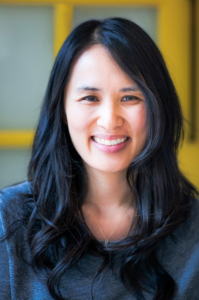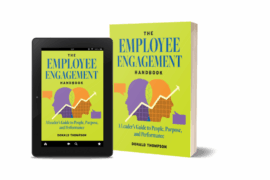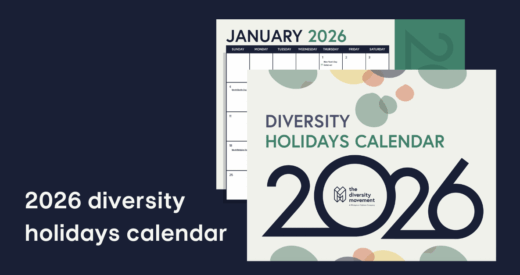
First, a poem:
————————
The Game Board: Second Generation Chinese American Female Edition
Here’s how you play.
Wake up in your safe suburban neighborhood, move
ahead two spaces.
Get dressed in your safe, suburban clothes,
move ahead two spaces.
Mask up to head out, wave
at the neighbor as you drive down
the hill—code for
you live there. Move ahead
one space.
Walk into store and watch
as they stare at your half-hidden face.
The mask, useless. Your onyx hair and
crescent eyes betray
your invisibility. Move back
three spaces. Stand in line,
try to stifle it, but they don’t know
you’ve suffered from allergies
your whole life. The cough
escapes—
move back two spaces.
The cashier speaks, you respond, in your
perfectly perfect
American accented English.
Move ahead three spaces.
Walk back to the car—notice
two men talking. They stop, stare, track
your movement. Muscles tighten, pace quickens,
heart
bursts. You’ve drawn
a wild card. Climb in safely,
move ahead one space.
The game changes, of course,
with additional players.
Bring along your white husband, move ahead
three spaces. Bring your half white children,
move ahead, well, logically,
1.5 spaces. Go
where it’s safe and free from hate–
Chinatown, Oakland, East
Bay oh wait—
A virus arrives.
Move back five spaces.
An incumbent falls.
Move ahead one.
His message does not.
Move back two.
A challenger wins.
Move ahead one.
But fear requires no victory.
Move back two.
Vaccines arrive.
Move ahead two.
The virus mutates.
Move back three.
But they all love Asian food.
Move ahead two.
But they still think we’re dirty.
Move back three.
But we work really hard.
Move ahead two.
But we steal their jobs.
Move back three.
But Asian girls are hot.
Lose a turn.
And Asian girls are submissive.
Go back to start.
This they do not realize:
it is a single string that ties
acceptance with
disgust—pulled so
tautly, you just might break.
————————
I wrote this poem the day after playing a couple grueling rounds of Candyland with my son. Somehow, despite my children no longer being toddlers, I have been unsuccessful in ridding our home of this “classic” board game. If I had to put my finger on what makes Candyland so tortuous, I’d say it’s the mind-numbing back and forth… the advancing of a few colored squares only to be sent immediately backward with zero warning. The next day, as I reflected on the frustrating nature of the game, I began to draw a connection to my life as an Asian American Pacific Islander (AAPI) woman living in the United States.
AAPI people have endured over a century of this same sort of emotional whiplash. From the Chinese Exclusion Act of 1882 to Hollywood’s loving infatuation with Anna May Wong. From Executive Order 9066 which forced the removal of Japanese people to internment camps in World War II to the rise of the model minority myth. From the “Muslim Ban” in 2017 to the movie “Crazy Rich Asians,” just one year later.
From over 8,000 recorded incidents of hate against the AAPI community within the last year to an unprecedented celebration of AAPI Heritage Month… We seem to be stuck in a never-ending game of back and forth.
However, this past year has also brought to light that what we used to think was “progress” was really just an illusion. We were, in fact, standing still or moving backward. AAPI communities continue to be seen as the “other”: the perpetual foreigner, the yellow peril, too unclean or uncivilized to ever be fully embraced as Americans. Any sense of moving forward was the model minority myth at work, strategically undermining interracial solidarity and driving wedges, particularly between the Asian American and African American communities. Here are some examples of why the model minority myth is so dangerous:
- It is statistically incorrect. AAPI communities are not an ethnic monolith. In fact, when data is parsed by ethnicity, we see that AAPI people are the most economically diverse demographic in America. In other words, not all Asians are “successful.”
- It is an example of racial gaslighting — steering the topic of systemic racism away from White America and placing it upon communities of color. In other words, it says to the Black and African American community, “Asians are making it work. Why can’t you?”
- It masks the reality of the systemic obstacles that AAPI people truly face by subscribing to us a single story of triumph and achievement.
- It decenters the genuine accomplishments of diverse people who identify as Asian American or Pacific Islander. From the narrative voice of White America, we are named the model minority, and our success is measured according to only their metrics, not our own.
As we work to celebrate diversity, demand equity, and insist on inclusion in every sector, may we be mindful of the single string that ties acceptance with disgust.
Dismantling the myth of the model minority involves educating ourselves on its origins and falsehood, naming it when we see it in action, and practicing solidarity among diverse communities as we collectively confront the epidemic of racism.
Rev. Lauren Lisa Ng is a poet, ordained American Baptist minister, and community activist who currently serves as Director of Leadership Empowerment at the American Baptist Home Mission Societies. She can be found @laurenlisang across all social media platforms.






